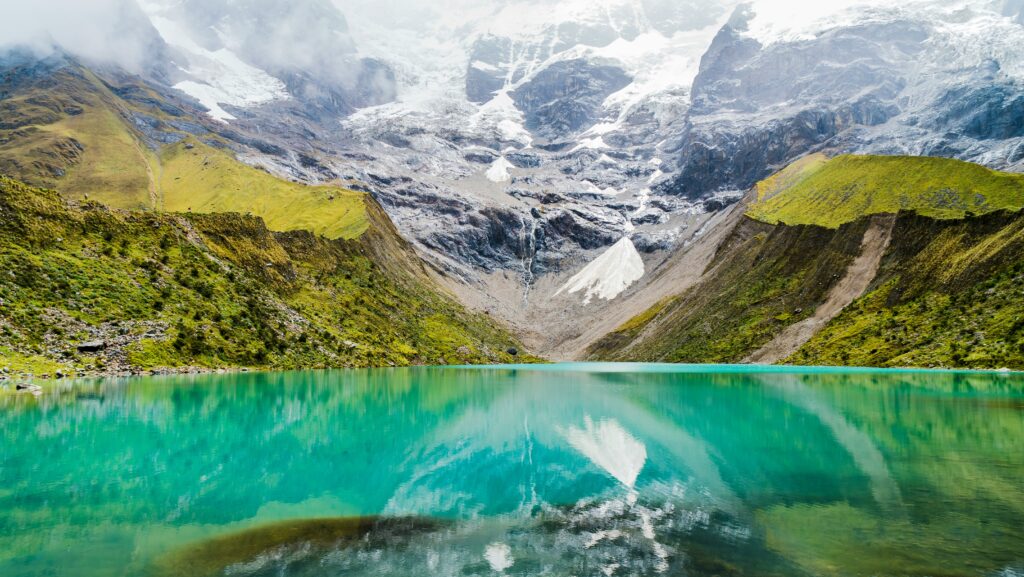
I remember my first solo trek. The feeling of uncertainty, mixed with pure excitement, was something I’ll never forget. As I stood on a mountain path, surrounded by breathtaking views, it hit me: trekking alone is not just about the adventure but also about learning—and a bit of soul-searching along the way.
Today, I want to compare two incredible trekking destinations: Nepal and Peru. Both places offer stunning trails, rich cultures, and unique experiences. But if you’re planning to trek solo, which one should you choose?
Let’s break down the essentials and give you the honest scoop.
Trekking Vibes
Nepal: The Land of the Himalayas
Nepal is a special place for trekkers. The moment you land in Kathmandu, you’re introduced to a rich tapestry of history, religion, and culture. The warmth of the local people can make you feel at home, even on your own.
The most famous trek, the Everest Base Camp trek, pulls in adventurers from all over the world. This trek is a must for those drawn to the grandeur of the Himalayas. You get stunning views of peaks like Everest and Lhotse.
But here’s the problem: the Everest trek can be crowded, especially in peak seasons. If solitude is what you crave, consider alternatives like the Annapurna Circuit or the Manaslu Circuit. They offer less foot traffic but nearly the same breathtaking views.
Peru: The Heart of the Andes
Peru offers a different vibe. Machu Picchu is, of course, the star of the show. The Inca Trail is a classic, offering stunning scenery and ancient ruins. It’s a trek that feels like walking through history.
However, the Inca Trail has its own set of challenges. You need to book in advance, and it’s often full of fellow trekkers. If you want a more peaceful experience, the Salkantay and Lares treks are great alternatives that offer excellent landscapes without the crowds.
Safety and Ease
Solo Trekking in Nepal
Safety is key when trekking alone. In Nepal, the trails are generally well-marked and have plenty of teahouses. This makes it easy to connect with other trekkers or locals. Most of the time, you’ll find fellow adventurers around.
But remember to get a trekking permit. It’s crucial for areas like the Annapurna region and the Everest region. The process is straightforward, but it helps to do some research beforehand.
Solo Trekking in Peru
In Peru, it’s a bit of a different story. While many trails are safe, some are remote. Having a good sense of navigation is essential if you’re going solo. GPS apps and offline maps can be your best friends here.
Local guides are available, and hiring one can ease safety concerns, especially if you’re new to solo trekking. They know the trails and can enhance your experience with their knowledge of local culture.
Cultural Immersion
Connecting in Nepal
In Nepal, connecting with locals can feel seamless. Many villagers along the trails are eager to share their stories. It’s not uncommon to be invited for tea or a meal.
The Sherpas, in particular, are known for their hospitality. Engaging with them can deepen your appreciation for the culture and make your trek more meaningful.
Discovering Peru
In Peru, the connection to Inca history is palpable. Each step on the Inca Trail feels like a walk through time. You’ll encounter ancient ruins and vibrant local markets.
But here’s the thing: some areas can feel touristy. If you venture off the beaten path, especially to places like the Sacred Valley, you’ll find a blend of cultures and meet locals who might invite you to share a meal. That authenticity can give your trek an unforgettable twist.
Preparing for the Trek
Packing for Nepal
When heading to Nepal, pack light but wisely. Essentials include a good pair of trekking boots, warm layers, and a light sleeping bag. Don’t forget medications, as pharmacies aren’t always easy to find on the trails.
As for food, you’ll find a range of choices from local Dal Bhat to international dishes in teahouses. Try the local food—it’s part of the experience!
Packing for Peru
In Peru, your pack should also be lightweight. Think about altitude—ambo on the Inca Trail. Layering is key, especially with temperature swings. A mix of cold mornings and warm afternoons is typical.
Food-wise, local dishes like ceviche and lomo saltado are a must-try. If possible, ask locals for restaurants. They often know the best spots.
Take Your Pick
So, which destination reigns supreme? Honestly, it depends on what you’re looking for.
Choose Nepal if you’re drawn to the majestic Himalayas and want a more established trekking infrastructure. It’s a place where you can find both adventure and companionship, even while solo.
Opt for Peru if the allure of ancient history and Incan culture pulls at your heartstrings. Just be prepared for a bit of navigation and more remote trails.
Final Thoughts
Both Nepal and Peru offer incredible solo trekking experiences. Your choice should align with your interests and adventurer’s spirit.
At the end of the day, it’s about the journey, not just the destination. Embrace the challenge, meet new people, and soak in the beauty around you. Whatever choice you make, it will be a step toward an exciting adventure.
And remember: the best trek is the one that feels right for you. Safe travels out there!
[Related: If you’re interested in a comprehensive guide for trekking gear, check out this helpful resource.]
**Related Reading:** – [Related: How to Plan a Solo Trip on a Budget] – [Related: Top Destinations for First-Time Solo Travelers] **#SoloTravel #Solo #Trekking #Showdown #Nepal #Peru #Adventure #Destination #Reigns #Supreme**